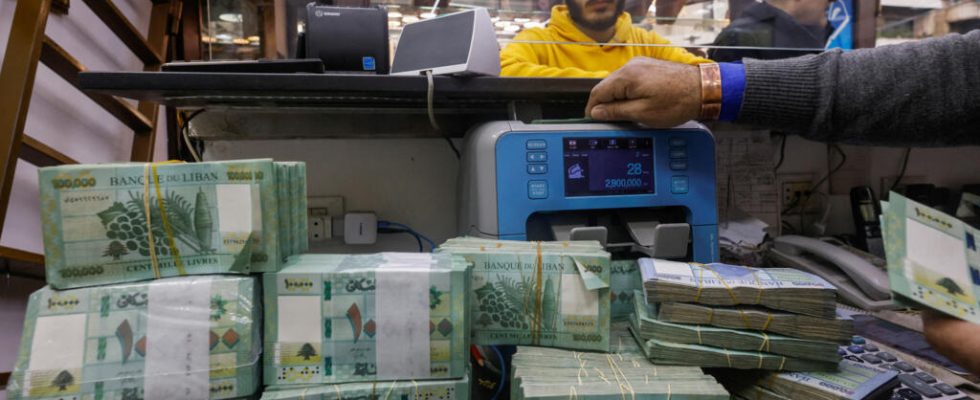A new sharp depreciation of the Lebanese pound against the dollar on Tuesday, March 21, caused a wave of panic and disruption of the market supply circuit in several vital sectors. Demonstrators have blocked roads across the country to protest against collapsing purchasing power.
With our correspondent in Beirut, Paul Khalifeh
The Lebanese are used to the roller coaster of the pound, which has lost 98% of its value since the start of the crisis, in 2019. But the depreciation recorded on Tuesday was unprecedented. In just a few hours, the dollar crossed the threshold of 140,000 pounds while it was trading the day before at 105,000 pounds.
This sharp drop in the national currency has caused major disruptions in the market, where most products, including fuels, are imported from abroad and paid for in dollars.
Gas stations closed before deciding to sell gasoline to the parallel market dollar. Pharmacies have lowered their curtains and moneychangers have stopped supplying customers.
Faced with this depreciation, the Lebanese let their anger explode. From north to south through Beirut and the eastern plain of the Bekaa, desperate protesters closed the roads with the help of dumpsters, blocks of stones and tires.
In the evening, the foreign exchange market stabilized for no apparent reason. The dollar fell back to 108,000 and calm returned to the streets. However, the Lebanese know that this is only a lull before their national currency resumes its dizzying fall.
